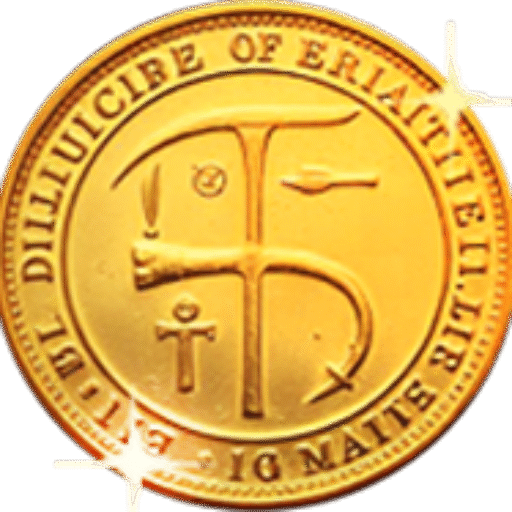Ancient Byzantine Empire Silver Coins: A Glimpse into a Glorious Era

The Byzantine Empire, enduring from 330 to 1453 AD, was a beacon of cultural and economic prosperity, with its capital, Constantinople, serving as a crucial hub between Europe and Asia. Silver coins from this era are not only valuable for their metal content but also for the rich history they represent. Collecting these coins offers a tangible connection to a civilization that significantly influenced art, culture, and politics in the medieval world.
Historical Context
The Byzantine Empire was the continuation of the Roman Empire in its eastern provinces. Known for its longevity and stability, the empire was a dominant force in the Mediterranean and beyond for over a millennium. Byzantine coins, particularly those made of silver, are artifacts that shed light on the empire’s economic and political history.
Key Features of Byzantine Silver Coins
- Material and Composition: Byzantine silver coins, such as the miliaresion and hexagram, were typically struck in high-purity silver, ensuring their value both as currency and collectible items.
- Designs and Imagery: The coins often feature intricate designs, including religious imagery, portraits of emperors, and imperial symbols. Common motifs include crosses, Christ Pantocrator, and imperial busts. These designs reflect the deep intertwining of state and church in Byzantine society.
- Inscriptions: The coins bear Greek inscriptions, which might include the emperor’s name, titles, and religious phrases, such as “Jesus Christ, King of Kings.”
- Minting Techniques: Byzantine coins were typically struck rather than cast, resulting in a more detailed and durable finish. The minting process evolved over time, reflecting advances in technology and changes in economic conditions.
Notable Byzantine Silver Coins
- Miliaresion:
- Introduction: The miliaresion was introduced in the early 8th century under Emperor Leo III.
- Design: These coins typically feature a cross potent on steps and Greek inscriptions. They are known for their artistic beauty and historical significance.
- Use: The miliaresion was used primarily for large transactions and ceremonial purposes.
- Hexagram:
- Introduction: The hexagram was introduced in the 7th century by Emperor Heraclius.
- Design: These coins often depict the emperor and his sons holding globus cruciger and a cross on steps.
- Use: The hexagram was a high-value coin, often used for paying troops and official purposes.
Collecting Byzantine Silver Coins
- Rarity and Value: The value of Byzantine silver coins varies based on rarity, condition, and historical significance. Coins from certain periods or those depicting less common emperors can be particularly valuable.
- Authenticity: As with all ancient coins, ensuring the authenticity of a Byzantine silver coin is crucial. Collectors should buy from reputable dealers and consider getting coins certified by professional grading services.
- Condition: The condition of the coin significantly affects its value. Coins in better condition with clear details and inscriptions are more sought after by collectors.
- Historical Insight: Each coin tells a story. Understanding the historical context of the coin’s production and use can enhance its appeal and value to collectors.
Conclusion
Byzantine silver coins are more than just relics of the past; they are windows into a civilization that shaped much of the medieval world. Collecting these coins offers a unique blend of historical exploration and investment opportunity. Whether you’re drawn to the artistry of the coin designs, the stories of the emperors they depict, or their significance in the history of money, Byzantine silver coins are a fascinating and rewarding area for any numismatic enthusiast.









The Byzantine Empire, enduring from 330 to 1453 AD, was a beacon of cultural and economic prosperity, with its capital, Constantinople, serving as a crucial hub between Europe and Asia. Silver coins from this era are not only valuable for their metal content but also for the rich history they represent. Collecting these coins offers a tangible connection to a civilization that significantly influenced art, culture, and politics in the medieval world.
Historical Context
The Byzantine Empire was the continuation of the Roman Empire in its eastern provinces. Known for its longevity and stability, the empire was a dominant force in the Mediterranean and beyond for over a millennium. Byzantine coins, particularly those made of silver, are artifacts that shed light on the empire’s economic and political history.
Key Features of Byzantine Silver Coins